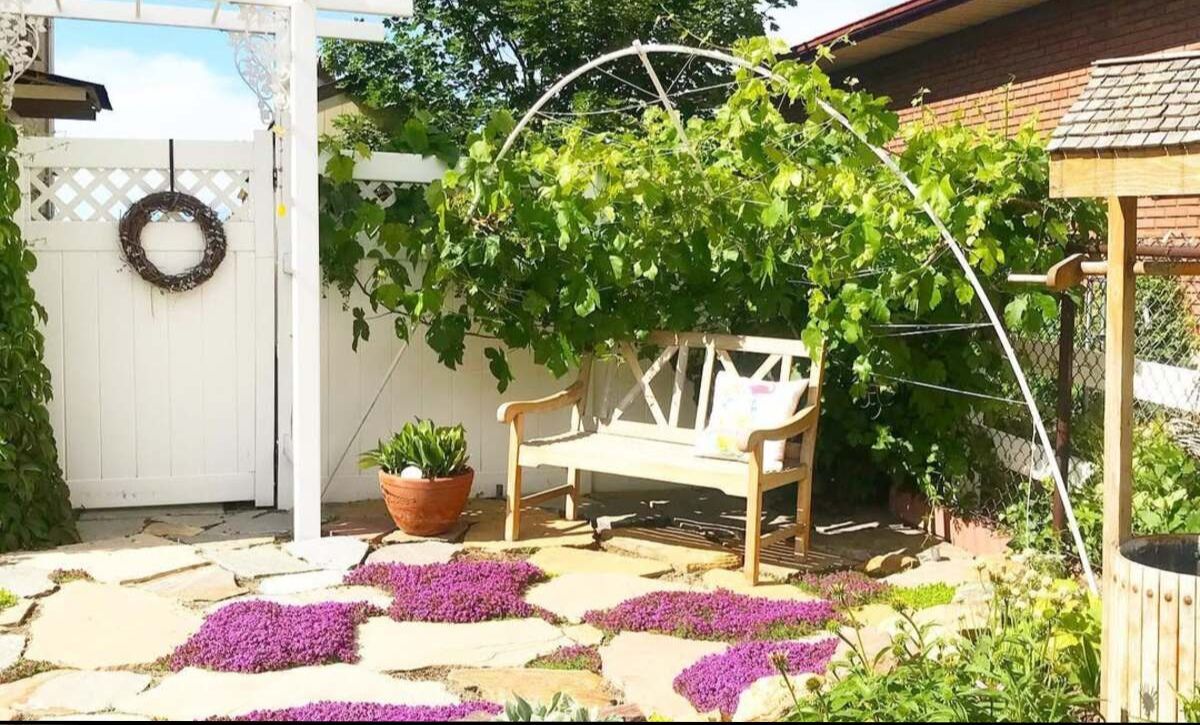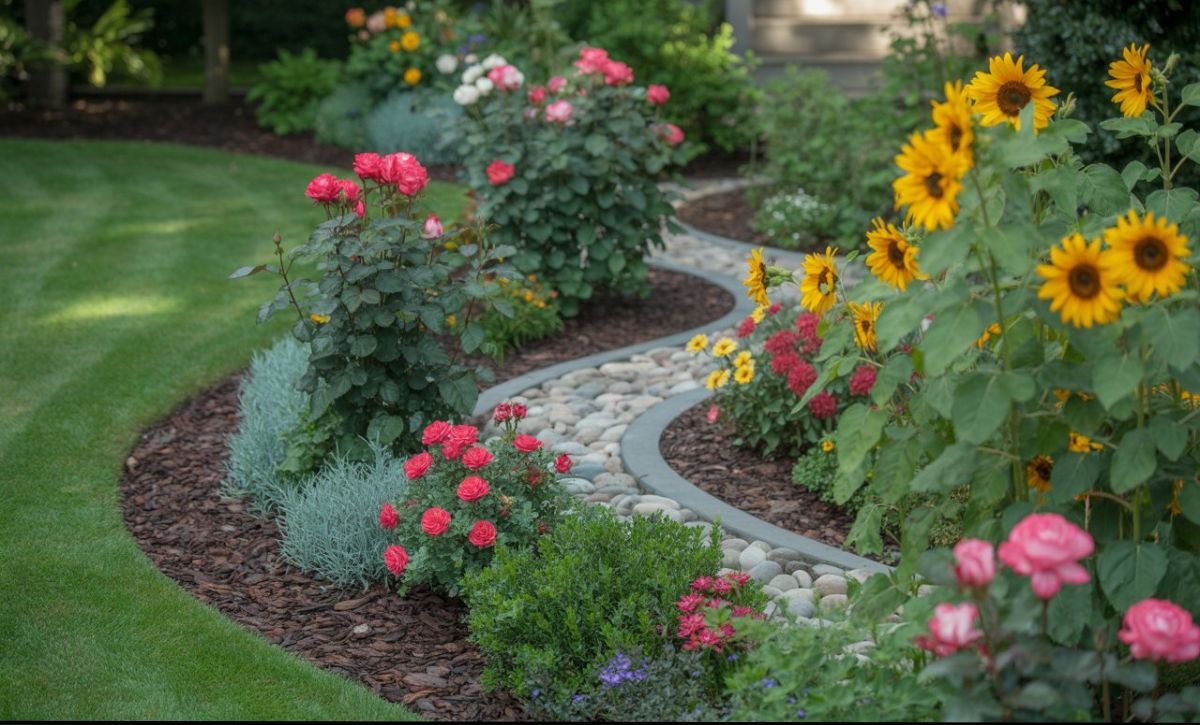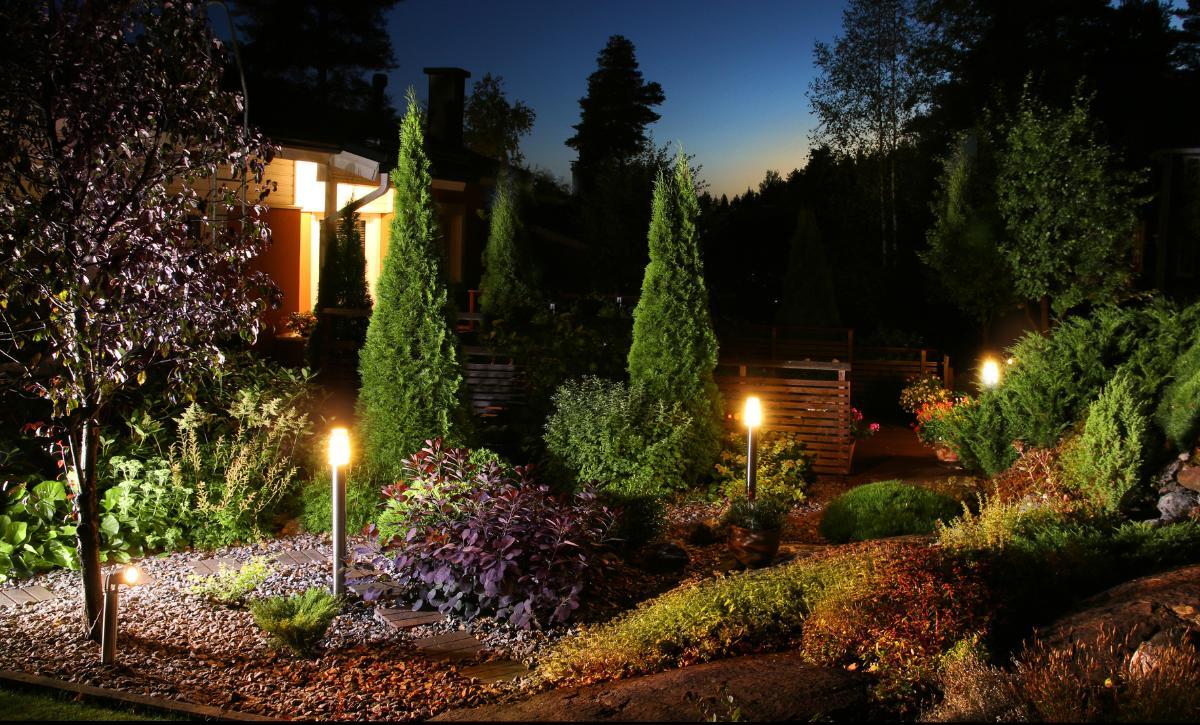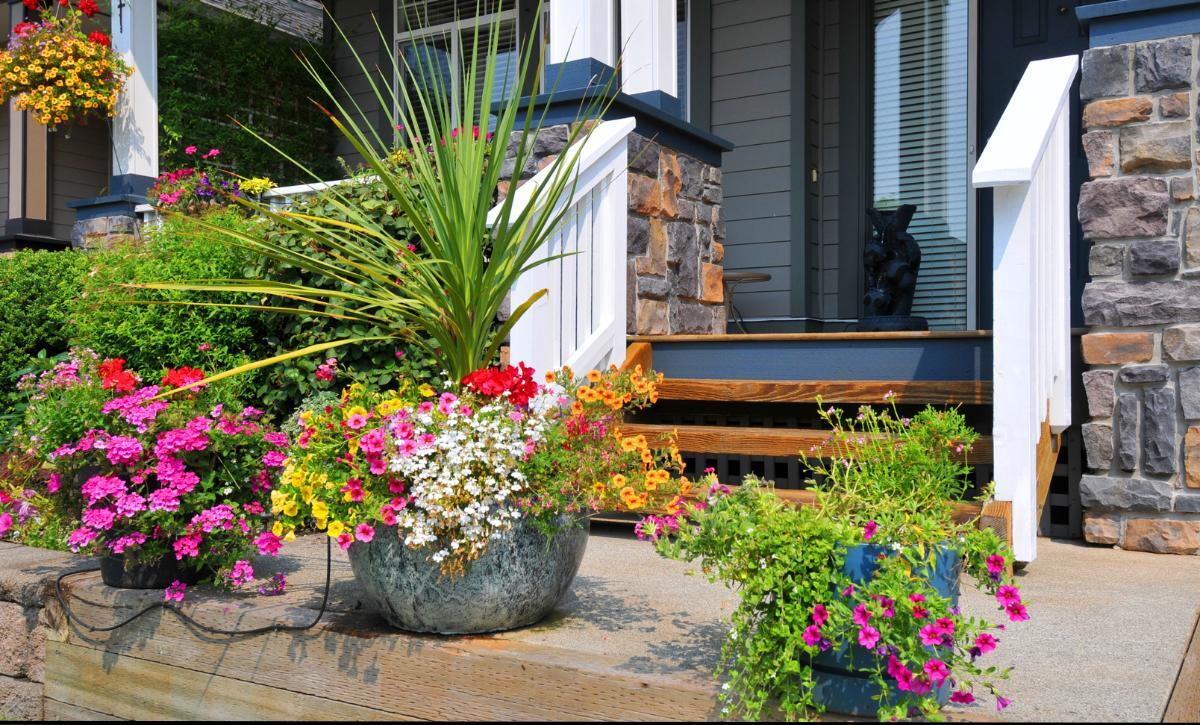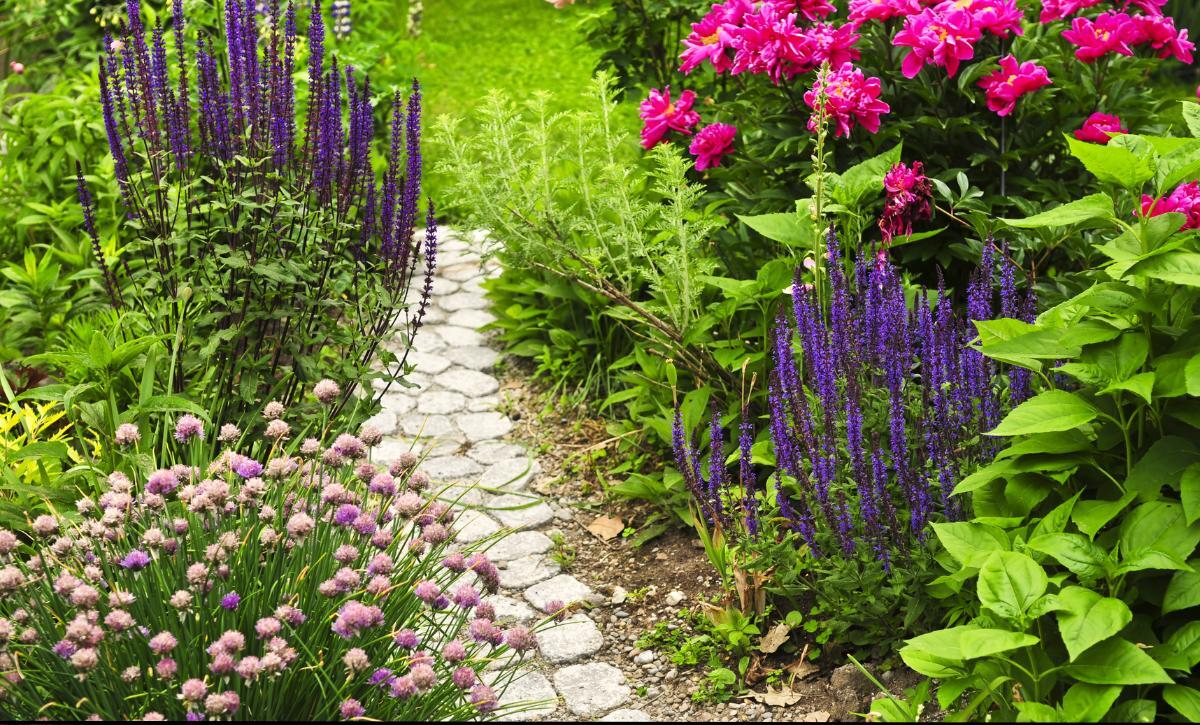When you want to grow your own food, tomatoes are the perfect plant.
They produce regularly and often, providing a steady stream of delicious fruit throughout the growing season.
Since tomatoes are relatively easy to grow, they’re a great choice if you’re new to gardening.
With the right plant selection, location, and growing strategies, it’s possible to get more than 50 pounds of tomatoes from each plant.
Are you working with a small amount of space?
Tomatoes are also space-efficient; they can thrive without a large garden bed.
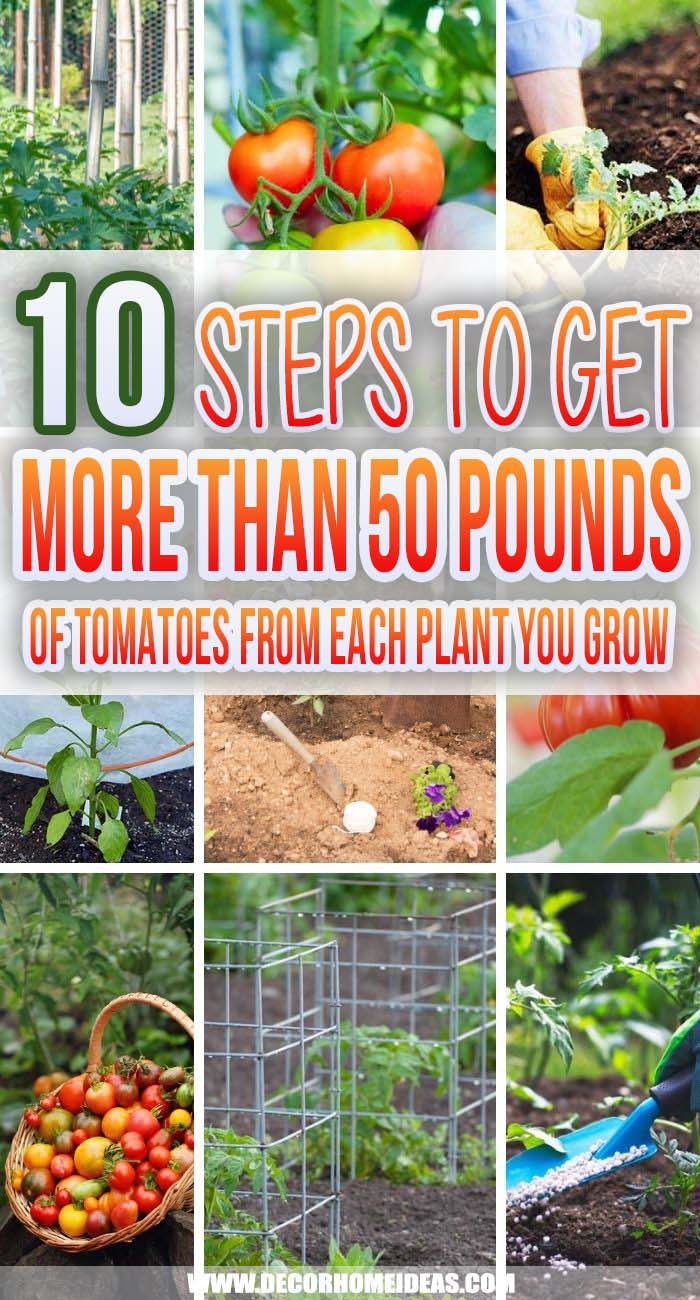
With enough vertical support, you can set a tomato plant on a porch, a tiny border garden, or even a small city patio.
These juicy fruits love sunlight; as long as your space has about 6-8 hours of full sun every day, you’ll have a bumper crop in no time.
Under normal circumstances, a tomato plant produces up to 20 pounds of fruit every year.
If you want a garden that yields 50 pounds or more, follow these simple steps — they can help maximize output for a single plant or a full garden, depending on your available space and the size of your household.
With five or more plants, it’s possible to grow enormous quantities of tomatoes; when preserved, they’ll last through the winter and into the next gardening season.
1. Choose The Right Type Of Tomatoes
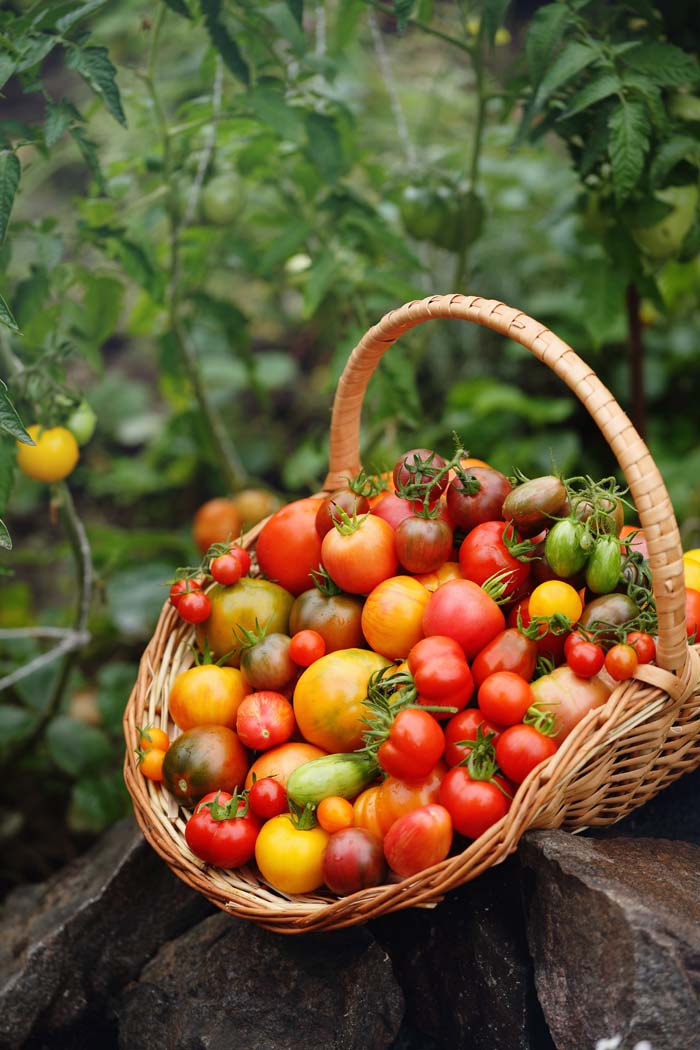
There are more than 700 varieties of tomatoes on the market.
Each one produces tomatoes with a different size, taste profile, and color. As you’re choosing a variety, keep your climate in mind — some types prefer specific growing conditions.
Selecting a tomato plant that’s well-suited to the average temperature and the length of your growing season is the easiest way to increase yield.
Other factors to keep in mind include resistance to local plant diseases, required space, and time to maturity.
If you have a small patio garden, for example, Litt’l Bites tomatoes offer a large number of tomatoes from a tiny plant. When in doubt, talk to the staff at your local garden center for recommendations.
2. Plant Tomatoes on Their Side
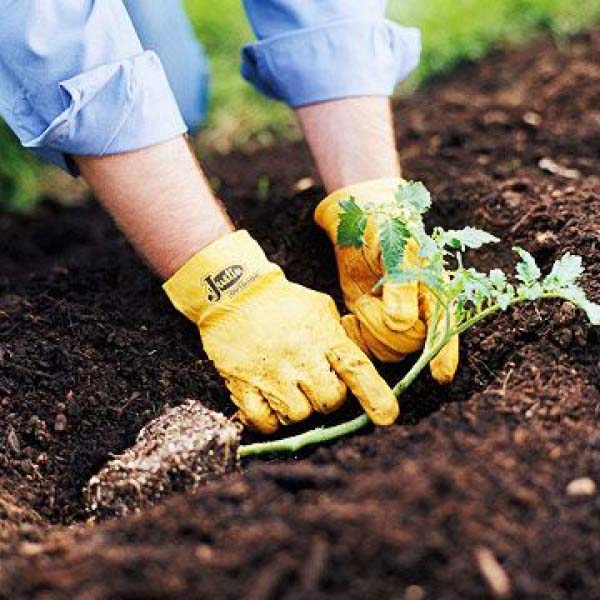
Traditional gardening wisdom suggests that you plant tomatoes vertically in a deep hole.
To get more from each plant, try planting them on their sides. Add enough dirt so the bottom section of the tomato stem is covered.
This strategy creates plenty of space for the roots to spread out horizontally. Since tomato plants love the warmer temperatures near the surface of the earth, this trick helps them grow quickly.
As a result, they’ll produce fruit abundantly and in less time.
3. Plant Them in a Trench
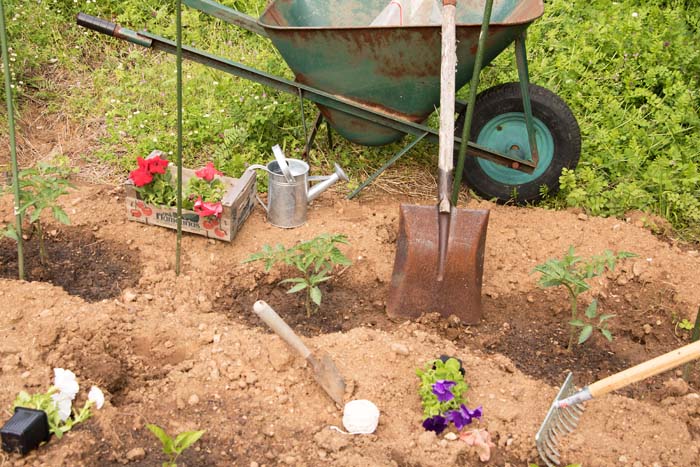
If you’re using a horizontal planting strategy, there’s no need to dig a deep hole.
Instead, plant them in a shallow trench. Aim for a trench that’s a maximum of 6 inches deep; the exact depth depends on the size of your seedling.
These shallow ditches are a fantastic option if your garden has rocks that are buried deep into the earth. They’re easy to dig, so you can get the tomatoes in the ground quickly.
For best results, transplant the seedlings on a cloudy day to reduce the heat and stress on the plants.
4. Add Slow Release Fertilizer
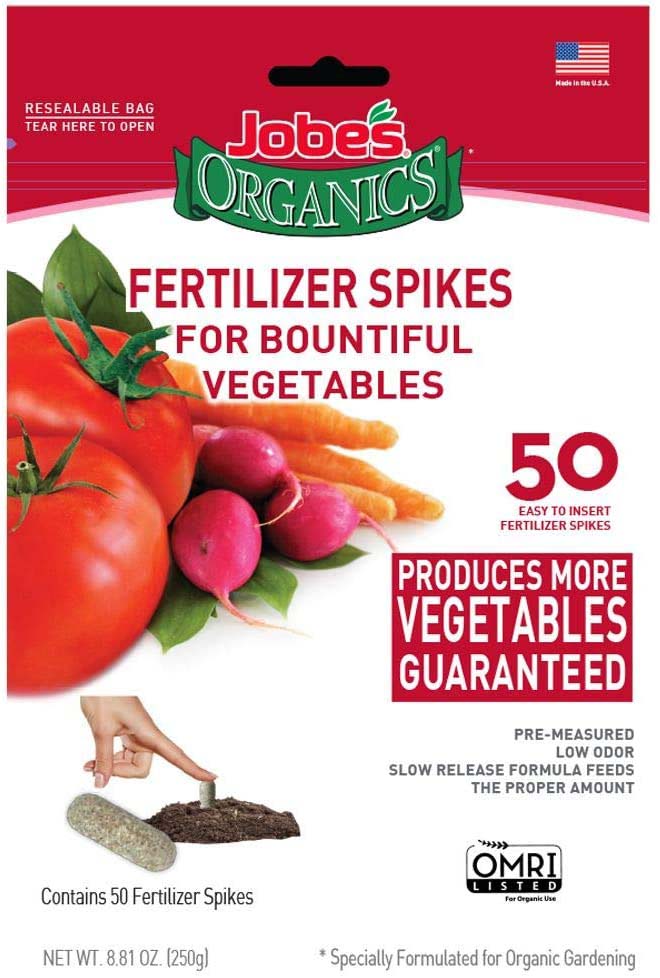
Slow-release fertilizer is one of the easiest ways to get 50 pounds or more from every tomato plant.
Most tomato varieties aren’t picky about soil; as long as it has a pH between 5.8 and 7.0, the plants will grow easily.
Fertilizer infuses nutrients into the soil around the plants, so they have what they need to create a large tomato harvest. Slow-release fertilizers send the nutrients out gradually, which encourages long-term growth.
Plus, since a single application can last for up to 2 months, it saves you both time and effort.
5. Build a Cage Around Each Plant
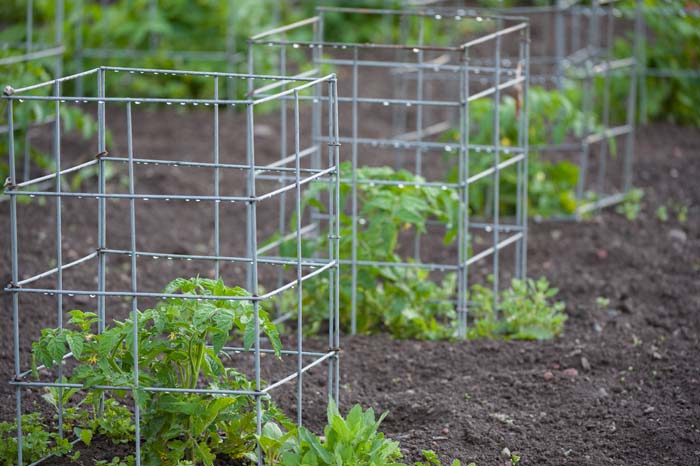
A tomato cage creates a vertical structure for your plants.
It supports them as they grow upward — that way, the vines don’t collapse under the weight of the tomatoes.
Cages offer a variety of additional benefits: they keep the fruit off of the ground, prevent rotting, and make it easier to harvest the tomatoes.
For heavy tomato varieties, look for high-strength cages. For small and medium varieties, round cages can encourage a higher yield. Later, you can cover the cages with fabric or plastic to protect young plants from frost.
6. Protect The Cages From Wind
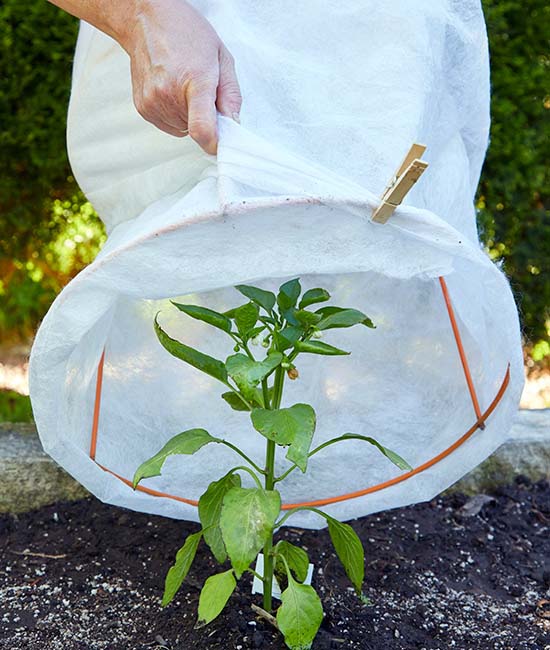
Tomato cages are wonderful for growth, but the vertical position also exposes your plants to high winds.
Wind protection is crucial, particularly when your tomato plants are young — a single gust can snap a seedling. When storms or high winds are in the forecast, protect your young plants by dropping a windbreak around the cages.
To make one, cut a hole in the top of a bucket and drop it over the cage. The open-top allows sunlight and moisture to reach the plant, and the closed sides block out the wind. A floating row cover is another great option.
7. Fertilize Plants Regularly
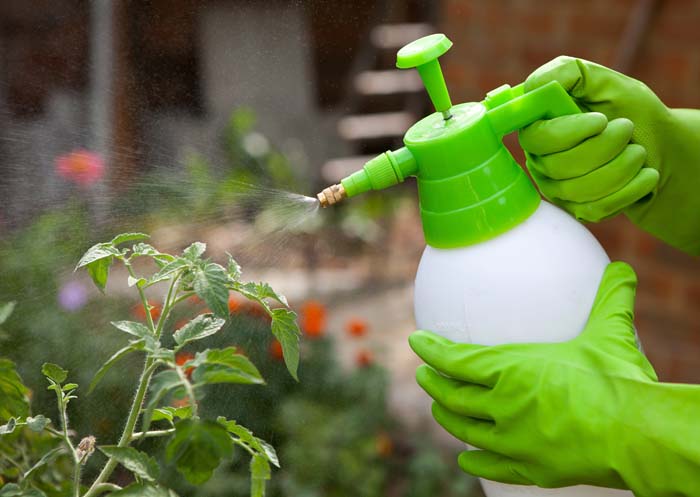
In addition to the slow-release fertilizer in the soil, you can increase tomato production by applying a water-soluble fertilizer regularly.
About once per week, load the fertilizer into a spray applicator that you can attach to the end of the garden hose.
Spray it over the plants so it hits the leaves. This step has a big impact on tomato yield, and it only takes 10-15 minutes a week.
8. Add Ammonium Sulfate
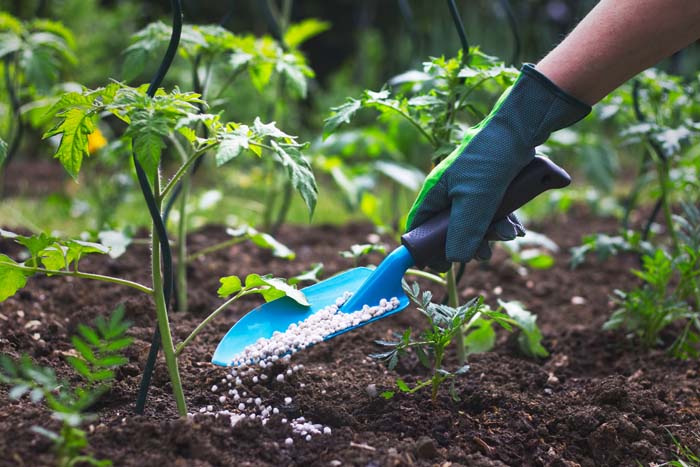
When you start seeing green tomatoes on your plants, it’s time to add ammonium sulfate into your fertilizer rotation.
The process is simple — just sprinkle a tablespoon or two around the base of the plant.
Repeat this step after three weeks, and then add a final application of ammonium sulfate after another three weeks.
In doing so, you’ll help strengthen the plant and keep it healthy as it produces tomatoes.
9. Plan Your Harvest
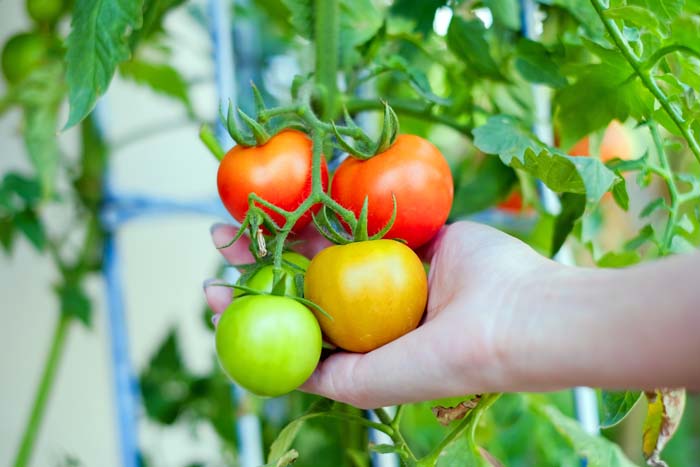
If you’ve ever grown tomatoes before, you know that birds and critters love to eat the ripe fruit.
However, they don’t like partially ripe tomatoes.
To maximize the number of tomatoes you get from each plant, plan to harvest them when you start seeing hints of pink or red.
10. Do Not Refrigerate Tomatoes
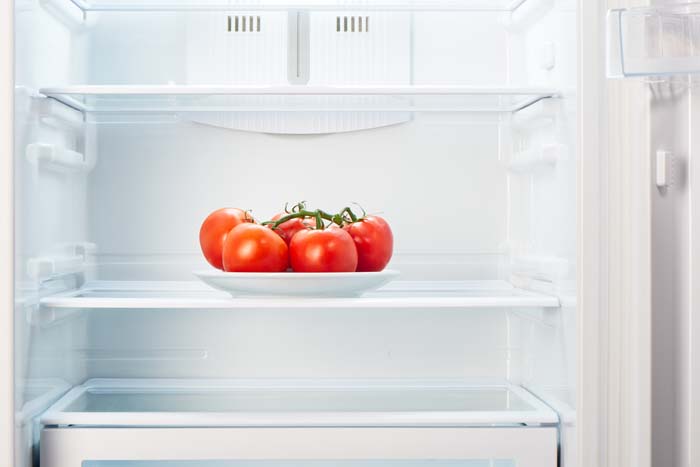
Once you’ve harvested the partially ripe tomatoes, resist the urge to put them in the fridge.
Instead, set them on the counter and allow them to ripen fully.
At this point, you should eat them to get the best flavor. Avoid putting tomatoes in the refrigerator; the cold causes the fruit to lose its delicious flavor and aroma.





